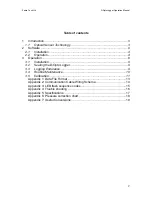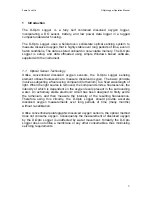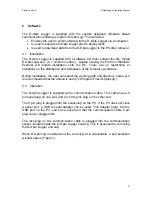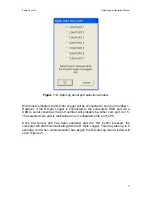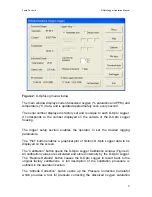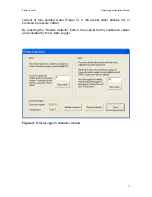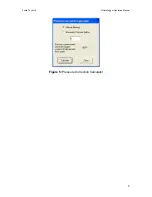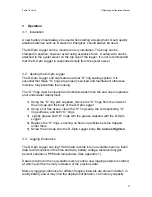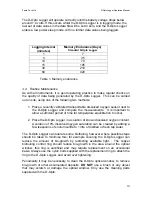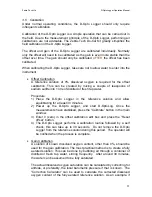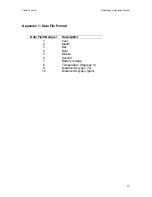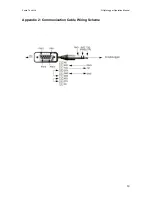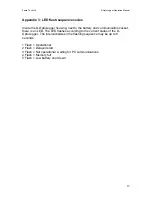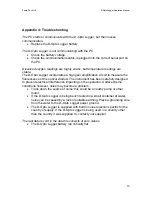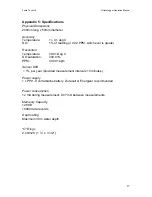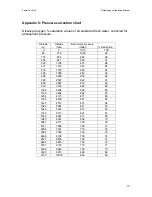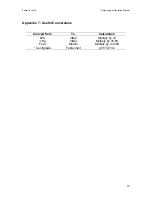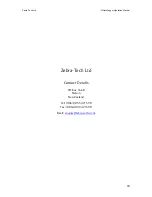
Zebra-Tech Ltd
D-OptoLogger Operation Manual
9
3 Operation
3.1 Installation
A new battery should always be used when starting a deployment. Good quality
alkaline batteries such as, Duracell or Energizer, should always be used.
The D-Opto Logger can be mounted in any orientation. The body can be
clamped in position; however avoid using excessive force. A safety wire can be
attached to the eyelet swivel on the top cap of the logger. It is not recommended
that the D-Opto Logger is suspended solely from the eyelet swivel.
3.2 Sealing the D-Opto Logger
The D-Opto Logger end cap features a dual “O” ring sealing system. It is
essential that these “O” rings are properly serviced and maintained; otherwise
moisture may penetrate the housing.
The “O” rings must be cleaned and lubricated each time the end cap is replaced,
prior underwater deployment.
1) Using the “O” ring pick supplied, remove the “O” rings from the inside of
the end cap and the body of the D-Opto Logger
2) Using a lint free tissue, clean the “O” ring seats, the corresponding “O”
ring surfaces, and both “O” rings
3) Lightly grease both “O” rings with the grease supplied with the D-Opto
Logger.
4) Replace the “O” rings, ensuring no hairs or particles become trapped
under them.
5) Screw the end cap onto the D-Opto Logger body.
Do not over tighten
.
3.3 Logging
Endurance
The D-Opto Logger can log 10,080 data records into non-volatile memory. Each
data record consists of the time and date, battery voltage, dissolved oxygen
percent saturation, PPM and temperature (See appendix 1).
Data is retained in the non-volatile memory until a new logging session is started,
at which point the memory is cleared of the previous data.
Memory logging endurance for different logging intervals are shown in table1. In
reality battery power may limit the deployment duration, not memory capacity.


